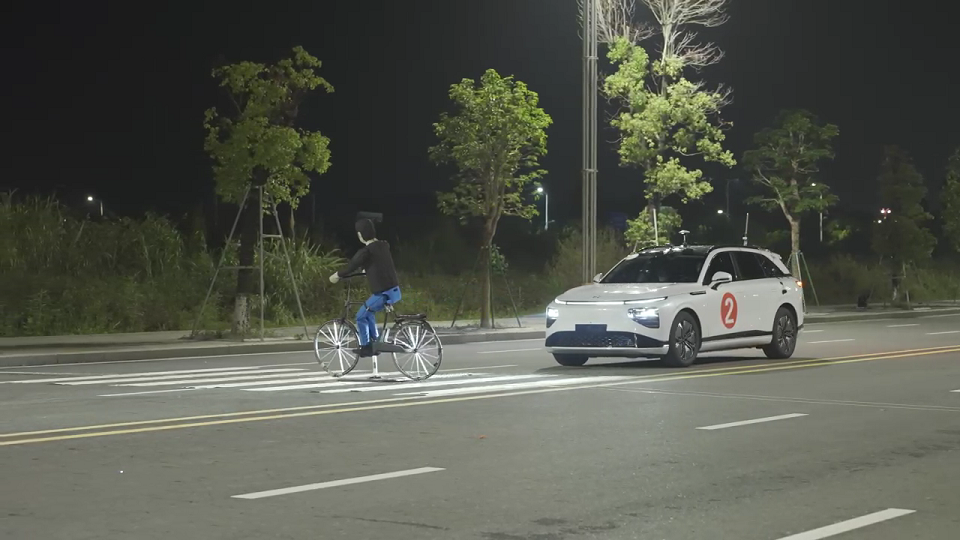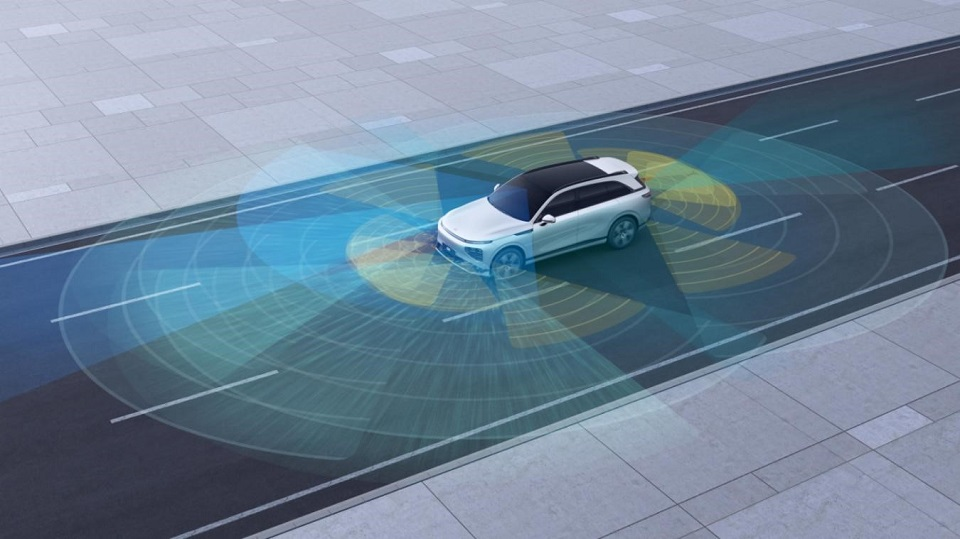On October 10th, according to the requirements of the Guangzhou Intelligent Connected Vehicle Automated Driving Function Test, XPeng G9 successfully passed the closed-field test of autonomous driving, becoming the first mass-produced car in China to pass the closed-field test of autonomous driving.

The test was conducted at night, including 31 comprehensive urban road scenarios such as identification and response of various indicators, left and right turn vehicle conflict driving, lane changing overtaking, avoidance of two-wheeled vehicles and pedestrians, to verify the performance of vehicles in complex integrated urban road scenarios.

XPeng G9 test vehicles did not have any additional sensors and computing units, and the 360° perception system was based entirely on the camera, millimeter-wave radar, and LiDAR sensing elements of the mass-produced car itself to achieve full-function sensor coverage, and its auxiliary driving hardware was no different from the mass-produced model.
As XPeng’s fourth mass-produced model, XPeng G9, which was launched in September, is positioned as an “ultra-fast charging full-intelligence SUV”, with a fully upgraded hardware configuration and equipped with XPeng’s second-generation XNGP auxiliary driving system, and will achieve full-scene auxiliary driving.
In the past few years, based on the first-generation XPILOT assisted driving system, XPeng has successively implemented high-level assisted driving functions, including APA intelligent parking, high-speed NGP intelligent navigation assisted driving, and VPA parking memory parking.
In September 2022, it first launched the NGP function, leading the second half of assisted driving. With the delivery of G9, its second-generation XNGP assisted driving system will gradually realize full-scene intelligent assisted driving capabilities in most cities in 2023, and gradually complete the integration of driving and parking functions in 2024 to form a complete point-to-point intelligent navigation assisted driving system.
This article is a translation by ChatGPT of a Chinese report from 42HOW. If you have any questions about it, please email bd@42how.com.
